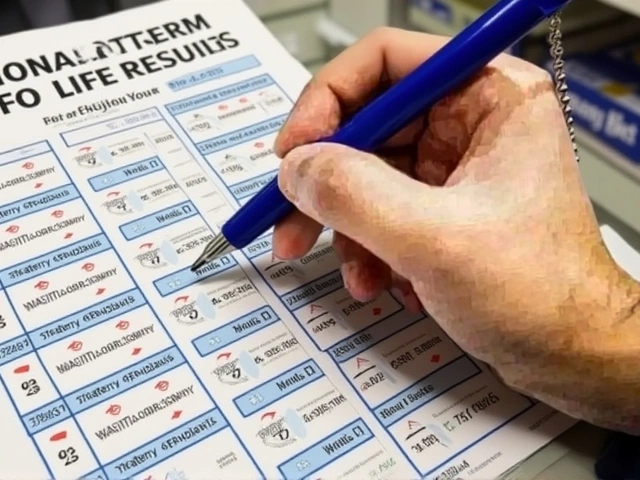Cyber Attack: What You Need to Know Right Now
Every time you log in, click a link, or upload a file, there’s a chance a malicious actor is watching. Cyber attacks aren’t just headlines – they affect coaches, athletes, clubs, and fans alike. In this guide we break down the basics, share real‑world examples, and give you simple steps to keep your data safe without needing a degree in tech.
What exactly is a cyber attack?
A cyber attack is any attempt to damage, steal, or disrupt digital information. Hackers might use ransomware to lock files until a payment is made, launch phishing emails that look like official communications, or exploit weak passwords to jump into a system. The goal can be as small as stealing a single email address or as big as taking down an entire sports facility’s booking software.
Recent incidents show how easy it is: a coach received an email that looked like a league update, clicked a link, and suddenly the team’s schedule was encrypted. Another club’s website was defaced after a simple admin password was guessed. These stories illustrate that no one is immune – whether you run a community basketball league or a professional training center.
How to protect yourself and your sports organization
Start with the basics. Use strong, unique passwords for every account and enable two‑factor authentication wherever possible. A password manager can generate and store complex passwords, so you don’t have to remember them all.
Educate your team. A quick 5‑minute walkthrough of how to spot phishing emails can stop many attacks before they start. Look for misspelled URLs, urgent language, or unexpected attachments – if something feels off, verify it through a separate channel.
Keep software up to date. Updates often contain security patches that close known vulnerabilities. Set devices to install updates automatically, especially for operating systems, browsers, and any sports‑management apps you use.
Back up your data regularly. Store copies on an offline drive or a secure cloud service that isn’t directly linked to your primary network. If ransomware hits, you’ll have a clean version to restore without paying a ransom.
Finally, limit access. Not everyone needs admin rights to the team’s scheduling system or financial records. Grant the minimum permissions required for each role, and review those rights quarterly.
By staying aware and following these straightforward steps, you can dramatically lower the risk of a cyber attack ruining your season. Keep this page bookmarked – we’ll update it with fresh news and new tips as the threat landscape evolves.
Kieran Lockhart, May, 1 2025
Marks & Spencer Cyber Attack: Teen Hackers Behind Chaos on Store Shelves
A cyber attack blamed on teenage hackers disrupted Marks & Spencer’s operations, causing empty shelves and frozen online orders. The Scattered Spider group, known for high-level attacks, used advanced tactics to infiltrate the retailer, leading to financial losses and operational paralysis.
View More




